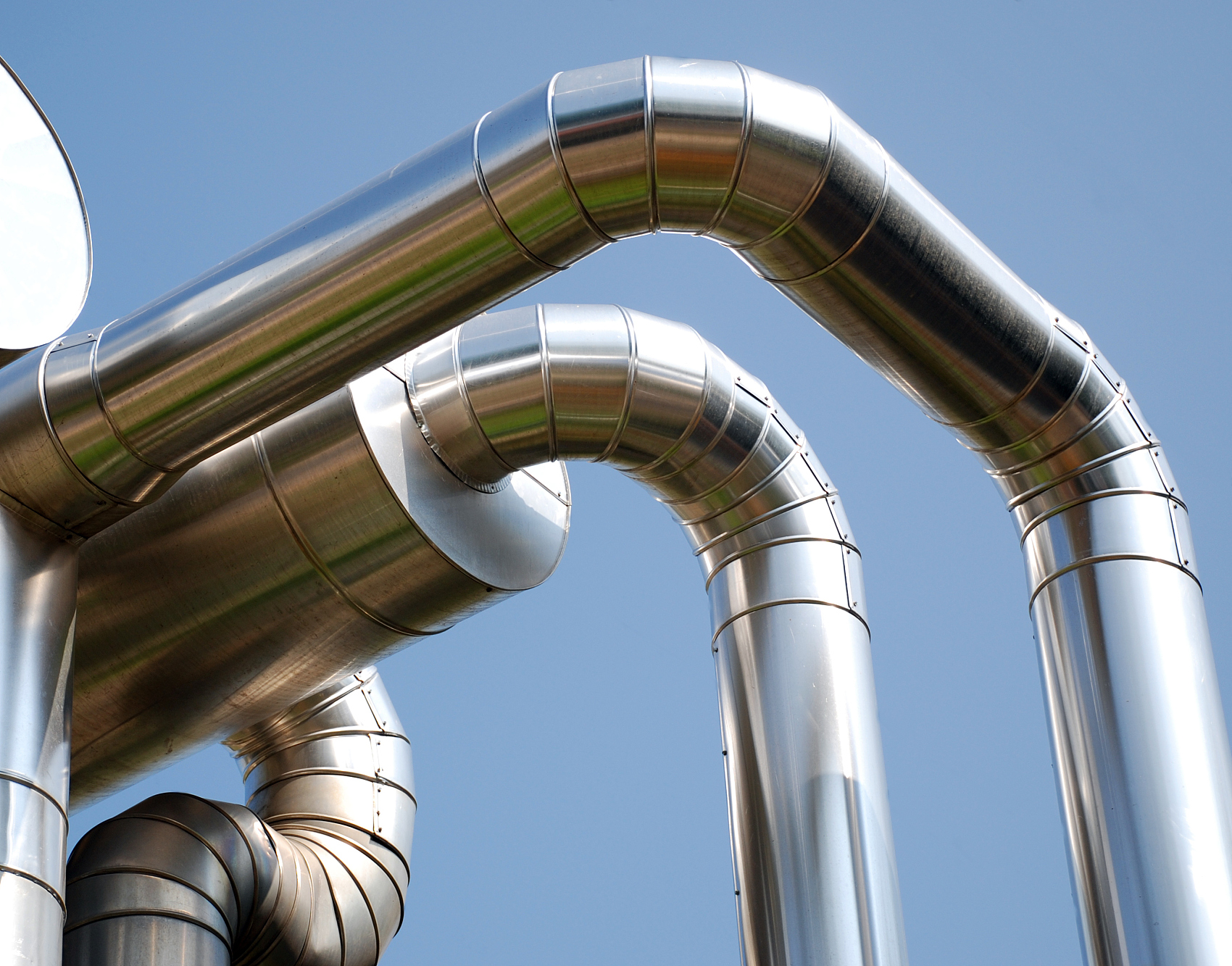5052 and 5083 are both aluminum alloys commonly used in various industrial applications, but they have some differences in their properties and applications:
Composition
5052 aluminum alloy primarily consists of aluminum, magnesium, and a small amount of chromium and manganese.
|
Chemical Composition WT(%) |
|||||||||
|
Silicon |
Iron |
Copper |
Magnesium |
Manganese |
Chromium |
Zinc |
Titanium |
Others |
Aluminum |
|
0.25 |
0.40 |
0.10 |
2.2~2.8 |
0.10 |
0.15~0.35 |
0.10 |
- |
0.15 |
Remainder |
5083 aluminum alloy contains primarily aluminum, magnesium, and traces of manganese, chromium, and copper.
|
Chemical Composition WT(%) |
|||||||||
|
Silicon |
Iron |
Copper |
Magnesium |
Manganese |
Chromium |
Zinc |
Titanium |
Others |
Aluminum |
|
0.4 |
0.4 |
0.1 |
4~4.9 |
0.4~1.0 |
0.05~0.25 |
0.25 |
0.15 |
0.15 |
Remainder |
Strength
5083 aluminum alloy generally exhibits higher strength compared to 5052. This makes it more suitable for applications where higher strength is required.
Corrosion Resistance
Both alloys have excellent corrosion resistance in marine environments due to their aluminum and magnesium content. However, 5083 is slightly better in this aspect, particularly in saltwater environments.
Weldability
5052 has better weldability compared to 5083. It is easier to weld and has better formability, making it a preferred choice for applications requiring intricate shapes or complex welding.
Applications
5052 is commonly used in the manufacture of sheet metal parts, tanks, and marine components where good formability and corrosion resistance are required.
5083 is often utilized in marine applications such as boat hulls, decks, and superstructures due to its higher strength and better corrosion resistance.
Machinability
Both alloys are readily machinable, but 5052 may have a slight edge in this aspect due to its softer properties.
Cost
Generally, 5052 tends to be more cost-effective compared to 5083.



Post time: Mar-14-2024
